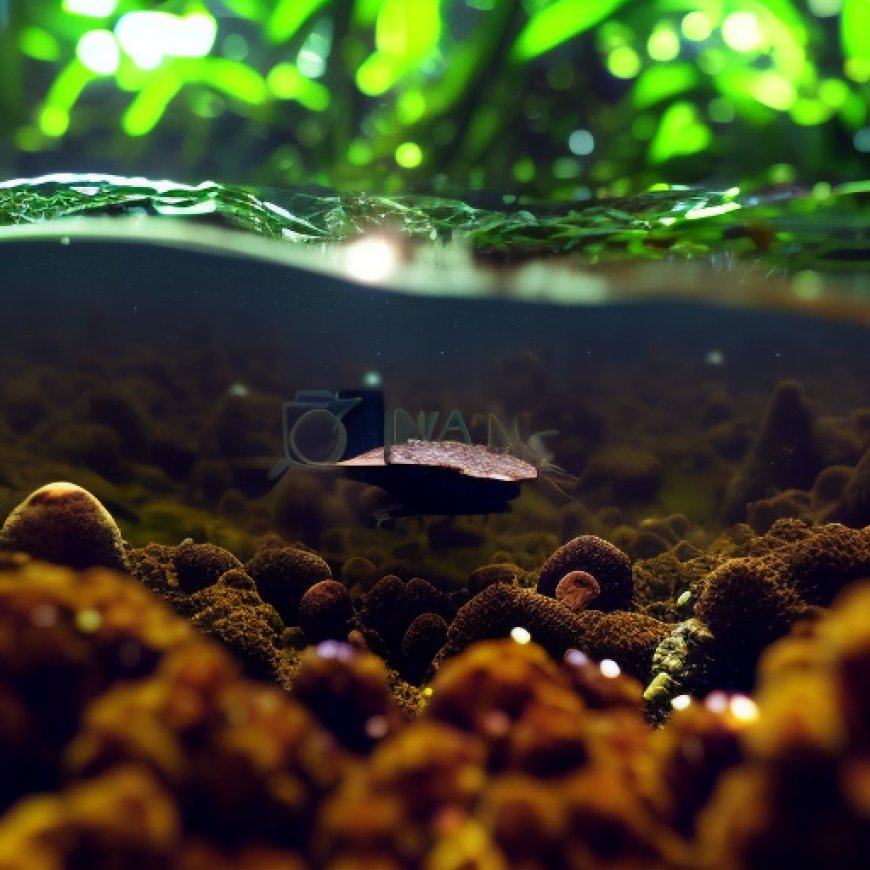PCAARRD, SLSU research microorganism role in carbon sequestration capacity of mangroves
PCAARRD, SLSU research microorganism role in carbon ... manilastandard.net


Mangroves’ Potential to Mitigate Climate Change

The Philippine Council for Agriculture, Aquatic and Natural Resources Research and Development of the Department of Science and Technology (PCAARRD) and Southern Leyte State University (SLSU) will conduct a two-year research on mangroves’ potential to mitigate climate change.
SLSU President Jude A. Duarte and Project Leader Ian A. Navarrete recently signed the memorandum of agreement of the project “Mangrove-Sediment-Microorganism Carbon Dynamics to Enhanced CO2 Sequestration Capacity of Mangrove Forests” with DOST-PCAARRD Executive Director Reynaldo V. Ebora at the DOST PCAARRD office in Los Baños, Laguna.
PCAARRD officials witnessed the signing.
Research Objectives
- Study mangroves from Surigao del Norte, Palawan, and Southern Leyte
- Identify the microorganisms responsible for enhancing the transfer of carbon dioxide into sediments through mangrove roots and leaf litter
- Analyze and compare the microorganisms and biochemical processes in the three sites
- Develop a carbon dioxide-methane flux model incorporating existing biochemical activities within the mangrove ecosystem
Importance of the Research
- Storing carbon, or carbon sequestration, is one natural solution to climate change
- The research may serve as baseline information in policymaking and implementing management practices in the role of mangroves in mitigating climate change
Please enable JavaScript to view the comments powered by Disqus.
SDGs, Targets, and Indicators
-
SDG 13: Climate Action
- Target 13.1: Strengthen resilience and adaptive capacity to climate-related hazards and natural disasters
- Target 13.2: Integrate climate change measures into national policies, strategies, and planning
- Target 13.3: Improve education, awareness-raising, and human and institutional capacity on climate change mitigation, adaptation, impact reduction, and early warning
- Target 13.b: Promote mechanisms for raising capacity for effective climate change-related planning and management in least developed countries and small island developing States
The article discusses the research on mangroves’ potential to mitigate climate change. Mangroves are effective in offsetting carbon emissions and can contribute to climate change mitigation efforts. The research aims to enhance the carbon sequestration capacity of mangrove forests, which aligns with the targets of SDG 13.
Table: SDGs, Targets, and Indicators
| SDGs | Targets | Indicators |
|---|---|---|
| SDG 13: Climate Action | Target 13.1: Strengthen resilience and adaptive capacity to climate-related hazards and natural disasters | – |
| SDG 13: Climate Action | Target 13.2: Integrate climate change measures into national policies, strategies, and planning | – |
| Target 13.3: Improve education, awareness-raising, and human and institutional capacity on climate change mitigation, adaptation, impact reduction, and early warning | – | |
| Target 13.b: Promote mechanisms for raising capacity for effective climate change-related planning and management in least developed countries and small island developing States | – |
Behold! This splendid article springs forth from the wellspring of knowledge, shaped by a wondrous proprietary AI technology that delved into a vast ocean of data, illuminating the path towards the Sustainable Development Goals. Remember that all rights are reserved by SDG Investors LLC, empowering us to champion progress together.
Source: manilastandard.net

Join us, as fellow seekers of change, on a transformative journey at https://sdgtalks.ai/welcome, where you can become a member and actively contribute to shaping a brighter future.







